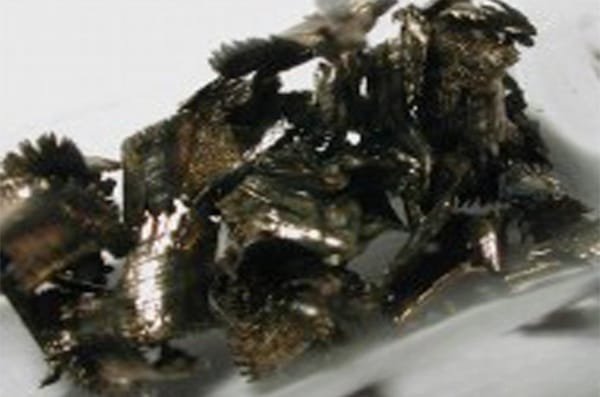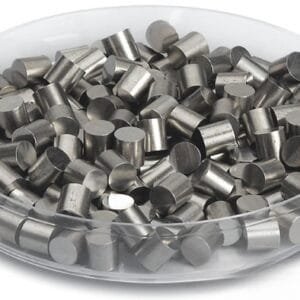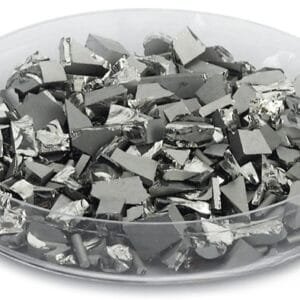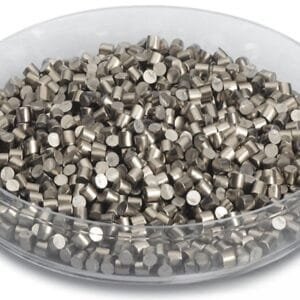Praseodymium Evaporation Material Description
Praseodymium, a rare earth metal with an atomic number of 59, offers superior corrosion resistance in air compared to lanthanum, cerium, neodymium, and europium. It plays a crucial role in the catalytic cracking of petroleum. In this process, praseodymium, often combined with neodymium, is added to Y-type zeolite molecular sieves to enhance petroleum cracking catalysts, improving their activity, selectivity, and stability.
High-purity praseodymium evaporation materials are vital for producing high-quality deposited films in various deposition processes. TFM specializes in manufacturing praseodymium evaporation materials with purities reaching up to 99.9%, ensuring reliability through rigorous quality assurance procedures.

Praseodymium Evaporation Material Specification
| Material Type | Praseodymium |
| Symbol | Pr |
| Color/Appearance | Silvery White |
| Melting Point | 935 °C |
| Density | 935 °C |
| Thermal Conductivity | 1.25 W/cm·K |
| Electrical Resistivity | 0.7 µΩ-m |
| Synonyms | Pr Pellets, Pr Pieces, Pr Evaporation Pellet, Praseodymium Pellets, Praseodymium Pieces, Praseodymium Evaporation Pellet |
Praseodymium Evaporation Material Application
These materials are used in several deposition techniques, including semiconductor deposition, chemical vapor deposition (CVD), and physical vapor deposition (PVD). In optics, they are applied for various purposes such as enhancing wear resistance, creating decorative coatings, and improving display technologies.
Praseodymium Evaporation Material Packaging
Get Contact
TFM offers praseodymium evaporation materials in a range of forms, purities, sizes, and price points. We specialize in high-purity e-beam evaporation materials, designed to achieve the highest density and the smallest average grain sizes. For the latest pricing on evaporation pellets and other deposition materials not listed, please contact us with your inquiry.


 MSDS File
MSDS File



Reviews
There are no reviews yet.